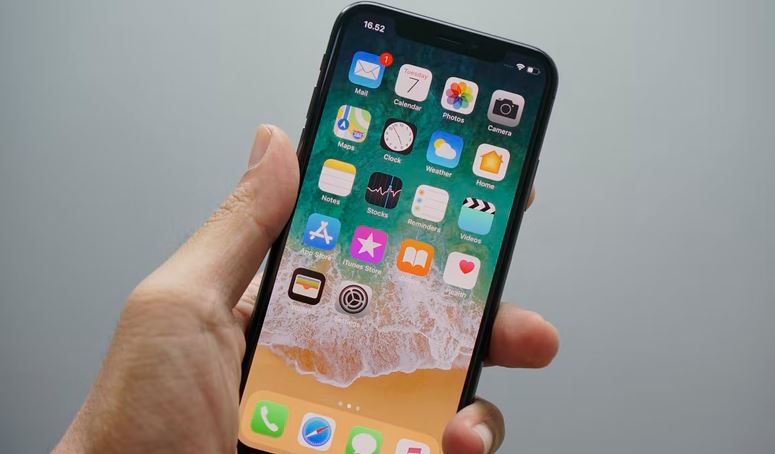8 Amazing Apps For Planning Your Studies
Contrary to standard belief, being a student isn’t simple. In addition to attending lectures that can leave you feeling mentally drained, you also need to put in extra work to get good grades. For a lot of students, this includes staying up late (sometimes the whole night) and forming study groups with their classmates.
From a medical standpoint, pulling frequent all-nighters is one of the worst things a student can do to their body and mind. Sleep deprivation causes memory loss and fatigue and reduces problem-solving skills – all of which is the complete opposite of what you’d need to pass your classes. And while study groups can be helpful, they can also be distracting and disorganized. Fortunately, there’s a better way to study and get coursework done. For one, you can enlist the help of an essay service by typing the words ‘EssayHub help write my essay’ in your browser’s search bar. Secondly, there are many different study apps available online for free.
Here are 8 study apps that are guaranteed to make your life easier and more productive.
Exam Countdown
Exam Countdown is exactly what it sounds like. In a nutshell, it reminds you of upcoming exams by letting you set a daily countdown timer. It allows you to add as many subjects and deadlines as needed, making this a great app for people who are taking multiple classes and have trouble keeping track of test dates.
Now, you might find yourself in a tough spot when trying to finish tasks with tight deadlines and reading for exams. Luckily, you can browse through essay writing services reviews on EssayReviews.com to find professionals who will help you with your coursework. This way, you can focus on acing your exams.
GoConqr
From its name alone, you can tell what kind of app GoConqr is. It’s used by both students and young professionals to create, save, share, and embed mind maps, quizzes, flashcards, and notes. On top of that, GoConqr provides a study planner. In short, it’s the perfect all-around app for students.
Simple Mind
Simple Mind is mind-mapping software that you can install on your phone, tablet, and laptop. In case you haven’t heard of mind mapping, it’s a visual tool that uses pictures and words to enhance learning. If used correctly, it can:
- improve your memory;
- help you identify the relationships between different topics;
- organize your thoughts;
- structure your assignments.
It has a free version that offers 4 out of its 11 features. Its Pro version is a one-time purchase of $29.99.
Evernote
Evernote is a note-taking app but also so much more. It lets you collect and organize information easily with its web extension. Then, you can organize your clipped information with tags. It has a free version, and premium plans start from $7.99 per month.
Quizlet

Quizlet is one of the more well-known study apps. It makes learning fun and easy by giving its users a variety of ways to study. There are flashcards, quizzes, and games too. It’s thus easy that anyone will use it. As you’re forming your flashcards, Quizlet also allows you to see commonly used definitions or explanations for the term you’re defining.
My Study Life
The CEO of My Study Life created the app as a fresh college student in 2010. That said, the app was made with students in mind. It provides a timetable like other apps but also includes reminders for upcoming deadlines and a task manager. For storage, it syncs all your work to the cloud. You can even work on a paper offline, and it will be uploaded when you’re back online.
Pocket, formerly known as reading It Later, allows people to bookmark interesting content they find across the web and revisit it later. All your bookmarked pages will be in one location, but you can still organize them with labels. It also has a ‘discover’ page that points to pages other users have saved. You can use this app when researching for a term paper or an assignment.
My Homework Student Planner
myHomework is one of the best study apps out there. The free version helps students track their assignments, tests, and classes and alerts them with due date reminders. For better coordination, it also syncs devices. The paid version, myHomework Premium, is only $4.99 per year. Along with the free plan features, it’s ad-free, allows file attachments, and lets you import homework, share your planner, and sync with external calendars.
Conclusion
It’s easy to get distracted and confused as a student between figuring out your schedule and organizing all the due dates for different classes. Luckily, there are various ways to study and stay on top of your coursework. Downloading a study app will help you organize your thoughts, class schedule, and assignments.
Check Next >https://www.neoadviser.com/ideal-tablets-for-students-going-back-to-school/


